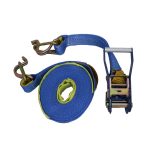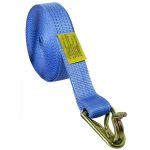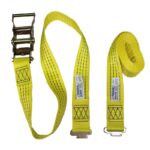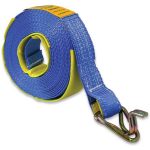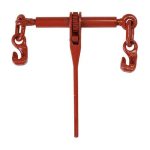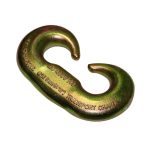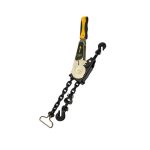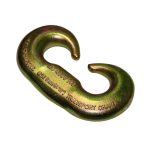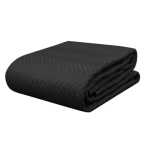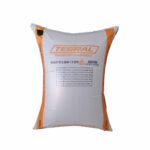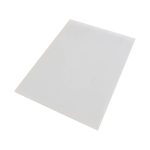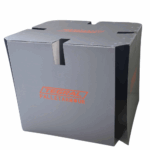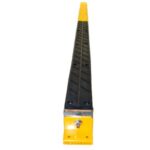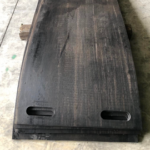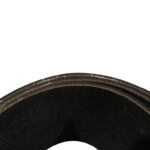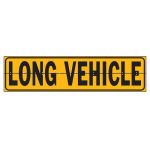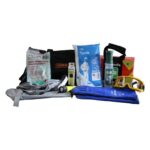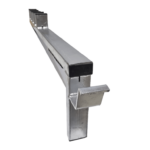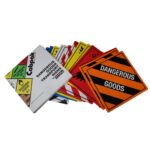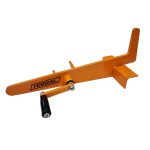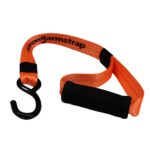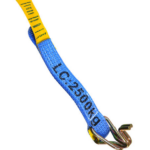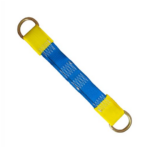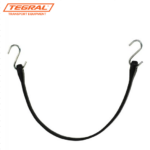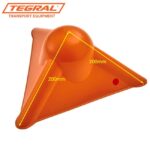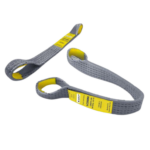[vc_row][vc_column][vc_column_text]There are 5 Fundamentals of Load Restraint principles to consider before you hit the road, driving that massive equipment around. These significant factors include packaging, friction, dunnage, no load gaps, and number of restrains.

Figure 1. Performance Standards for Load Restraints (p8, Load Restraint Guide 2018) | National Transportation Commission
Here’s a quick explanation on why these 5 fundamentals of load restraint matter.
1. Packaging
Consignors are the ones accountable for the packaging of cargos. Improper packaging jeopardizes the safety of the shipments and makes it hard for drivers to restrain the loads correctly. Consignors must ensure that all packaging can withstand the force of the load restraint to keep the cargo safe and intact.

Figure 2. Example of how multiple layers or stacks materials should be packed together. (p37, Load Restraint Guide 2018) | National Transportation Commission
2. Friction
Friction is the most important fundamental factor of load restraint. Without friction, the loads of the truck could slide dangerously. To prevent this from happening, make sure that you don’t stack multiple layers of steel or plastic and other frictionless materials. Instead, increase the friction between these materials by using anti-slip matting, dunnage, or industrial rubber.

Figure 3. Do not stack multiple layers of steel or plastic (p38, Load Restraint Guide 2018) | National Transportation Commission
3. Dunnage
Dunnage is that piece of material that we use to keep cargos in place while being transported. When choosing the right dunnage to use, always take into consideration its size, type, and orientation. Avoid using rolling dunnage and instead, only use square dunnage. If possible, utilize full-width dunnage because it is stronger and more stable than many short length dunnage.

Figure 4. Sample of Dunnage Bags
4. Eliminate Gaps
Gaps or spaces between loads can loosen up the restraint’s tension. To eliminate these unnecessary gaps, use vertical dunnage on loads that require pack spacing. Also, you may arrange the packs in a staggered manner to help reduce the spaces needed for unloading them.

Figure 5. Eliminate Gaps Between Loads (p42, Load Restraint Guide 2018) | National Transportation Commission
5. Number of Restraints
The number of restraints needed will significantly depend on the size and kind of that cargo that will be loaded on the truck and the load restraint method that will be used to tie the load down. Just always ensure that you have enough restraints to keep your cargo from moving while on transit.

Figure 6. Different Load Restraint Methods (p13, Load Restraint Guide 2018) | National Transportation Commission[/vc_column_text][/vc_column][/vc_row]




